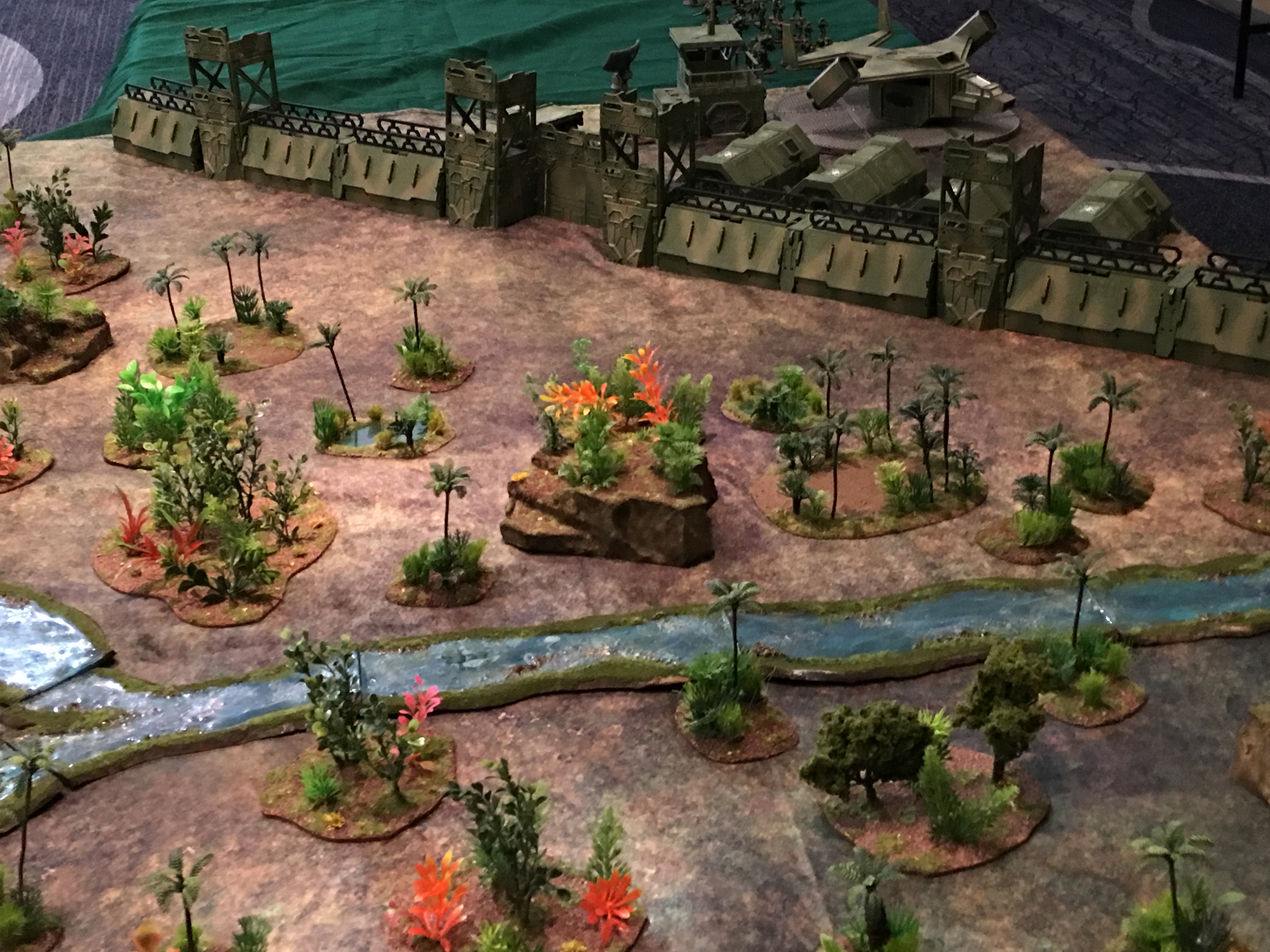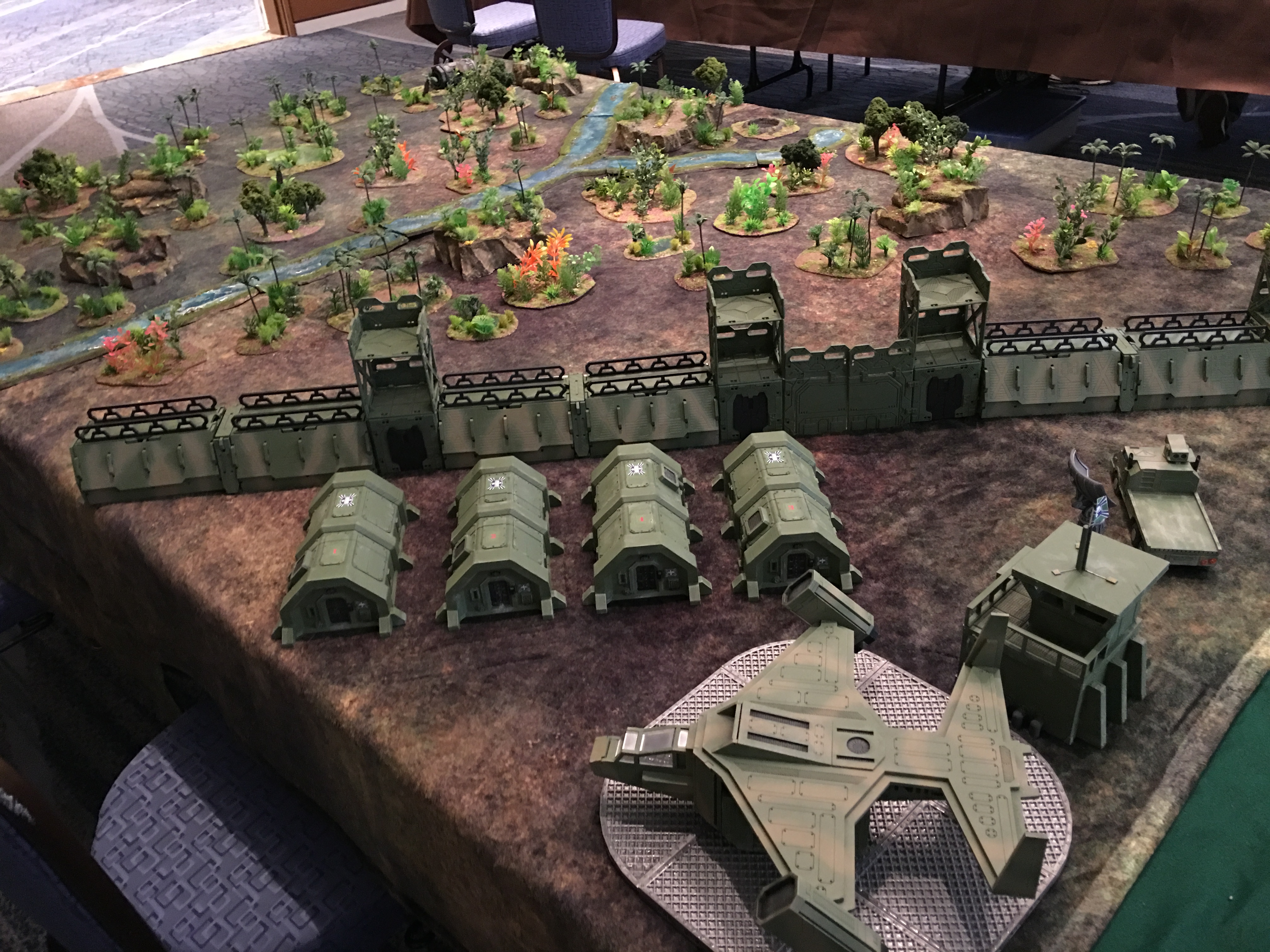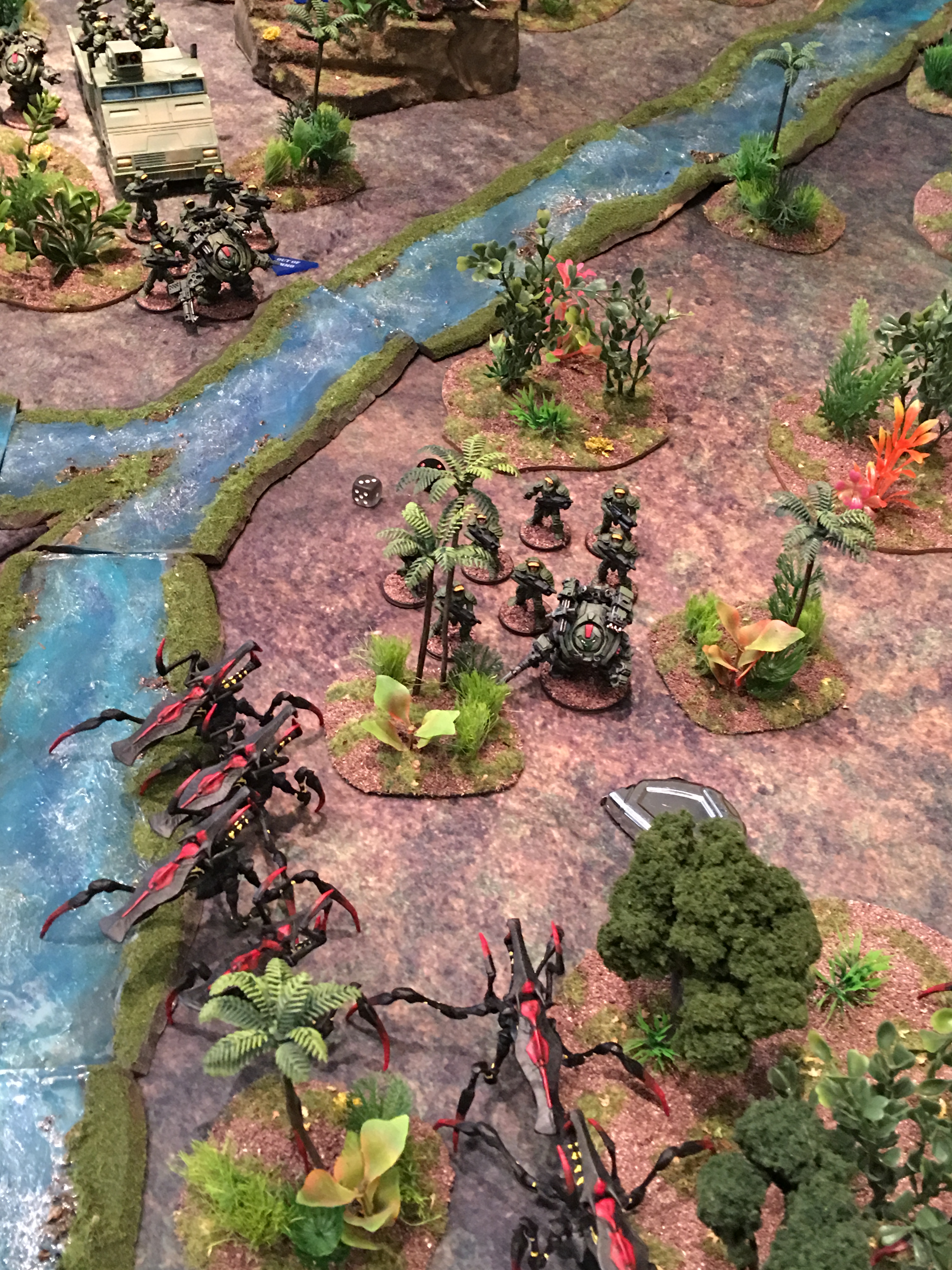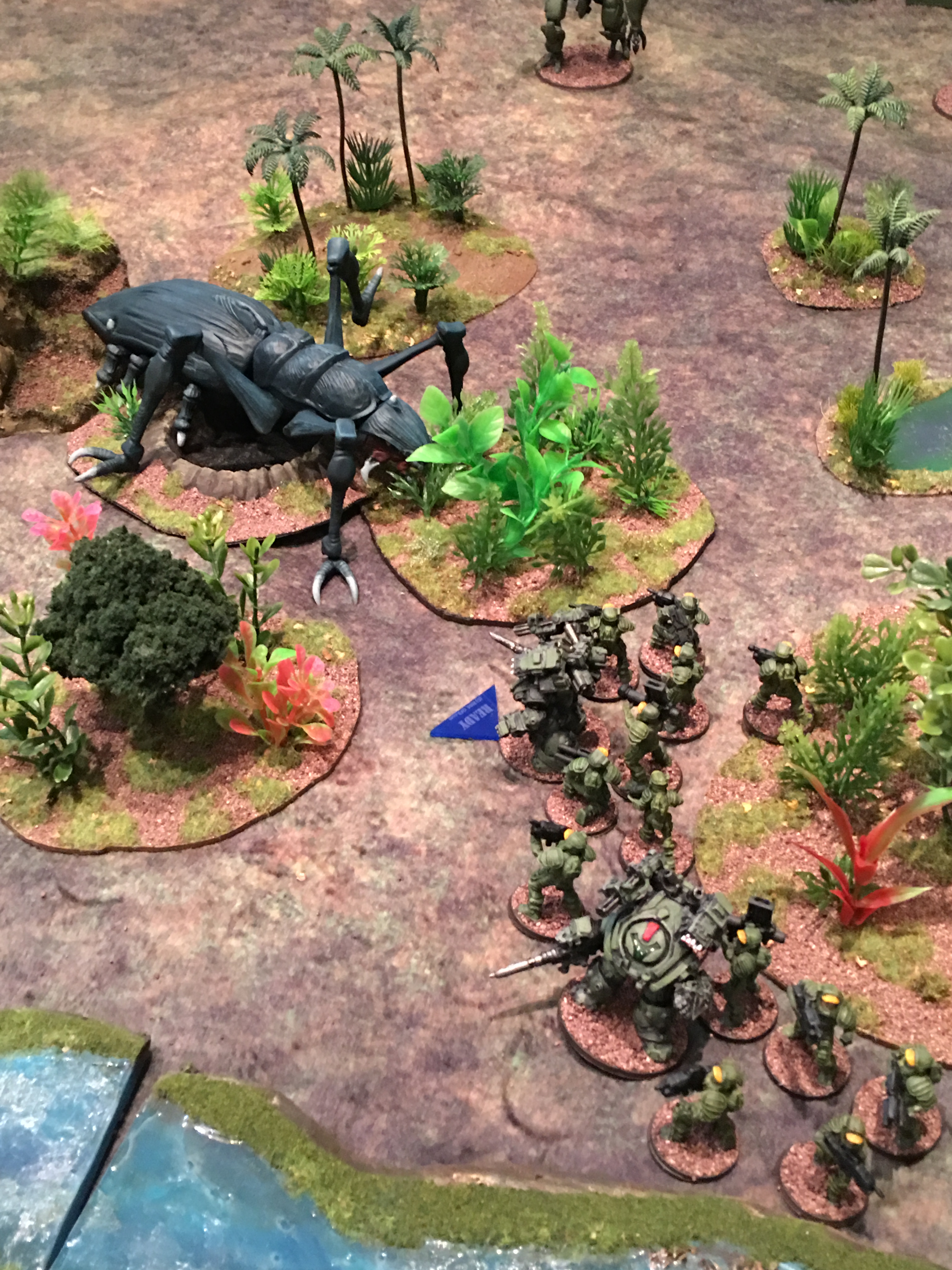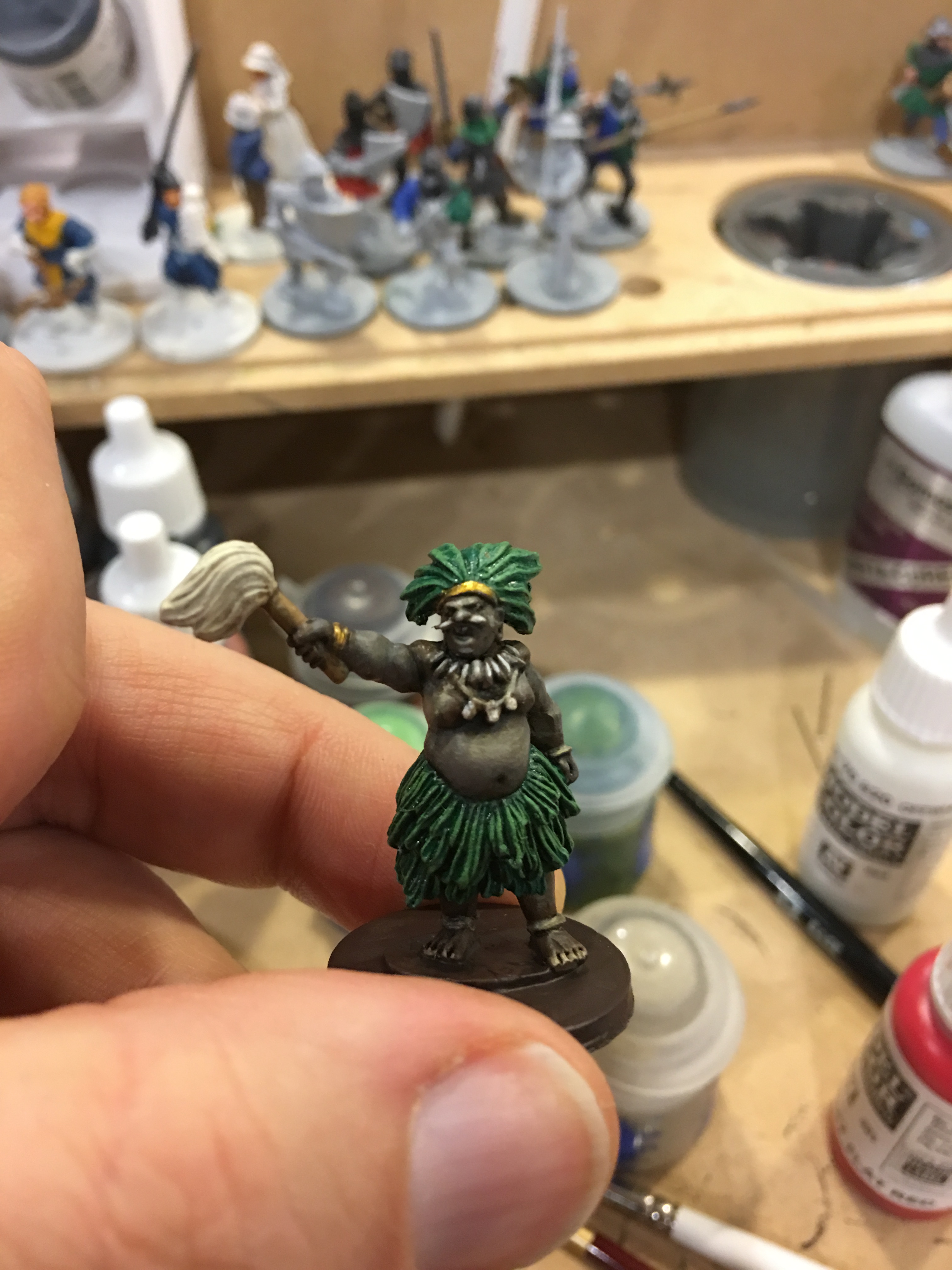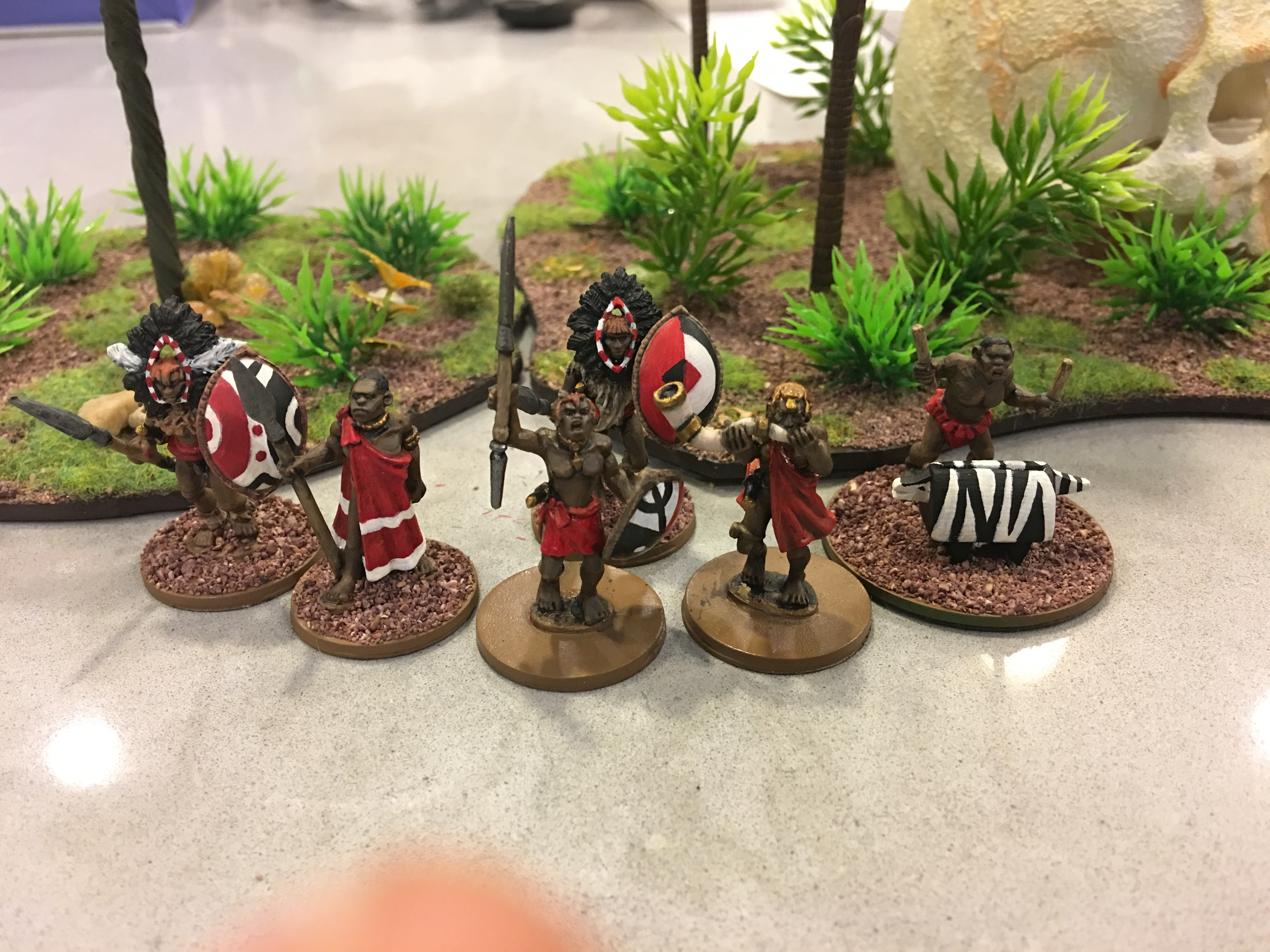I received some samples from The Wargaming Company for review purposes of some pre-production casts of the new 10mm line of thermal plastic French Napoleonics. The owner, David Ensteness, was kind enough to send me enough figures and bases for three battalions of Légère and two companies of sappers.
I have many 10mm historicals in my collection from several metal manufacturers. They very in quality from OK to good. My initial impression of the new samples was simply ‘Wow’.

The detail on these figures is insane at 10mm. It rivals that of many larger 15 and 20mm models. Better yet, the detail is crisp and deep, ideal for people who need to quickly paint large numbers because you can use staining techniques or GW contrast paints/AP Speed Painter paints for spectacular results. Here is a close-up shot of the sappers:

I received the samples in February, and it is now May. I had several work projects and other painting commitments before I could get to them. Regardless, I was excited to finally get them on my painting table this past week.
I quickly cleaned the figures up – even in pre-production these figures were very clean with minimal mold lines. The only tricky bit was some extra material around the eagle standards (The Wargaming Company has solved this problem for the production molds). For thirty-four figures, it took me about 30 minutes to get them trimmed, mold lines removed and attached to popsicle stands for painting.

I knew I was going to use a mixture of Army Painter Speed Paints and regular acrylic paints, so a light-colored primer was called for. Given the small size of the figures and the amount of detail, I wanted a thin coat. I used GW Wraith Bone as my primer. I find it goes on very evenly, and the off-white color is perfect for when you are painting flesh, since it has a bit of yellow and green in it.
My next step was to stain paint the uniforms. Since these are mid-to-late war French Légère, I wanted the coats and pants to be a darker blue. I also decided to paint them a shade lighter, since smaller figures usually require this for the colors to look right at a distance. I used AP Highlord Blue from the original AP Speed Paints line.

After the blue, I went after the shakos and boots with Grim Black. I did the flesh using the new AP Peachy Flesh Speed Paint 2.0.

Backpacks were done using AP Speed Paint 2.0 Satchel Brown.

I don’t want to get into a long review of Speed Paints, but I’ll mention that the new 2.0 versions dry fairly quickly and don’t reactivate when other colors are applied. The trick is to shake the bottles thoroughly, coat the miniatures and let them dry. The shading happens automatically during drying. The Speed Paints cover with less blotches than even the new GW Contrast Paints in my opinion.

Once these three colors were done, I started in on the details. I repainted areas where the paint had slopped with GW Wraith Bone applied with a brush. Then onto muskets (AP SP Dark Wood followed by Reaper Blade Steel for the bayonets and Reaper Blackened Steel for the rifle barrels). Next was the other equipment using Reaper Pure Black for leather and Pure Black mixed with white for the gray greatcoat rolls.
Now for the fun part lol. White. We all hate it, but I have a trick that I found on The Miniatures Page which I’ll pass on. For small scales, don’t try to use thinned white paint. It runs. I use Windsor & Newton White Ink. It is thin, applies in one coat, is dilutable with distilled water, and saves a ton of time.

I used this to block out areas that would be taking light colors (plumes, shoulders, trim on boots, braiding on the shakos, etc.). I also used it for all white straps on the figures. I then applied the greens, reds, yellows appropriate for Officers, Voltigeurs, Chasseurs and Carabiniers. Since there are five Chasseurs in the second rank, I did them first. The green is AP SP Ork Skin applied over white. Red is AP SP Slaughter Red. Yellow is AP SP Maize Yellow over white.

I then tackled the officers, coronet, and Voltigeur/Carabinier in the front rank.



And voila! About two hours of painting to do the ten figures.


That time can probably be trimmed by 20-30 minutes now that I know what I’m doing. I’m used painting Prussians, so I had to stop and look things up while I was painting. If you’re working on multiple battalions at a time, the per figure time will drop further (doing all the Carabiniers at once, etc.).
Now onto the basing. I painted the bases on the popsicle stick Vallejo Flat Brown which is my standard go to as a foundation for basing. I also painted the top of the wooden base upon which the battalion will be mounted. I double checked with The Wargaming Company to make sure I had all the figures in position according to ESR Napoleonics basing conventions. Here is the correct way to mount the figures:
V – B – S – O – Cb First Rank (Voltigeur, Coronet, Standard, Officer, Carabinier)
C – C – C – C – C Second Rank (all Chasseurs)
Once mounted, I covered the base with thinned white glue and flocked it. Here is the result:




I am quite thrilled with the detail of these figures. It made painting very fast and straightforward. The figures look even better in their appropriate colors.
PROS: Crisp, unprecedented levels of detail. Identifiable features (as opposed to mystery blobs on some 10mm figures I’ve painted). Deep detail makes Contrasts, Speed Paints and staining a great option. Flexible – the figures bend a little bit which means the bayonets won’t snap off, unlike some 3D-printed 10mm figures. Very little flash or mold lines. Complete – The Wargaming Company ESR Packs will include the right figures, bases and flags for the unit you’re buying.
CONS: I mentioned the eagle standards, but that is an issue only with the pre-production molds. The only other ‘con’ I can think of is that they’re not already available – and that The Wargaming Company started with French and Russians instead of my beloved Prussians. Just kidding. I need French figures, too, and these are a superb start.
FINAL TAKE: These figures have been worth the wait. I’ll be buying them for the rest of my 10mm Napoleonics. I’ve even heard some owners of 15mm collections say that they’re considering switching scales after seeing these.
WHERE TO GET: From The Wargaming Company

